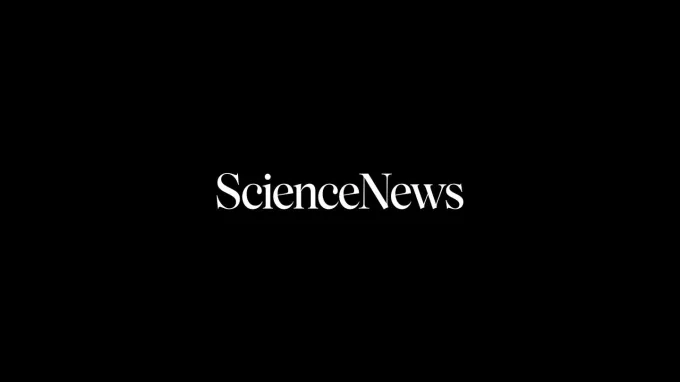Science News Magazine: Current Issue
Vol. 171 No. #23
Trustworthy journalism comes at a price.
Scientists and journalists share a core belief in questioning, observing and verifying to reach the truth. Science News reports on crucial research and discovery across science disciplines. We need your financial support to make it happen – every contribution makes a difference.
More Stories from the June 9, 2007 issue
-
 Earth
EarthGuidelines for wind farms
National policies to maximize the benefits of wind farms while lessening their environmental impacts may be needed.
-
 Astronomy
AstronomyCrash will determine solar system’s fate
The solar system already lies in the suburbs of the Milky Way, but the sun and its planets will be yanked even farther away about 5 billion years from now.
By Ron Cowen -
 Health & Medicine
Health & MedicineSticky treatment for staph infections
Honey from New Zealand gums up bacteria, offering a potential new means of combating difficult-to-treat infections.
By Brian Vastag -
 Health & Medicine
Health & MedicinePhages break up plaques
Phages, viruses that infect bacteria, dissolve plaques in the brains of mice with an Alzheimer's-like disease.
By Brian Vastag -
 Health & Medicine
Health & MedicineBeware the bats
Fruit bats in Bangladesh regularly trigger small outbreaks of Nipah virus, a measleslike pathogen that causes brain inflammation and death.
By Brian Vastag -
 Health & Medicine
Health & MedicineAnimal-to-human diseases could be right at home
A new map of where SARS or Ebola might erupt next highlights North America and Western Europe as likely sources.
By Brian Vastag -
 Health & Medicine
Health & MedicineGuilt by Association: Whole-genome scans yield disease clues
In a sweeping demonstration of the power of the new biology, researchers have linked two dozen genetic variations to six major diseases.
By Brian Vastag -
 Chemistry
ChemistryIn a Fix: Agricultural chemicals disturb a natural relationship
Several pesticides can disrupt a partnership that enables certain plants to take up nitrogen by enlisting the help of bacteria.
-
 Tech
TechNanotech bubbles
Creating large-scale, regular arrays of nanoscale components is now almost as easy as blowing bubbles.
-
 Anthropology
AnthropologyChicken of the Sea: Poultry may have reached Americas via Polynesia
Polynesians may have traveled back and forth to South America more than 600 years ago, introducing chickens to the Americas in the process.
By Bruce Bower -
 Health & Medicine
Health & MedicineBlending In: Dissolvable stents promise to protect arteries
A biodegradable magnesium stent props open clogged blood vessels and then dissolves, circumventing the problems linked to permanent metal stents.
By Nathan Seppa -
 Animals
AnimalsScary Singing: Precise birds signal, ‘Don’t mess with us’
A pair of magpie-larks can advertise their toughness by the precision of the duets they sing.
By Susan Milius -
 Astronomy
AstronomyGalactic Émigré: Incoming dwarf galaxy could feed its larger kin
A dwarf galaxy at the periphery of the giant Andromeda galaxy may be a pristine building block for forming galaxies in the modern-day universe.
By Ron Cowen -
 Earth
EarthStorm Norms: Caribbean corals and sediments yield clues to hurricane frequency
The recent increase in hurricane activity in the North Atlantic, a phenomenon that some scientists blame on climate change, actually reflects a return to normal after a lull in the 1970s and 1980s.
By Sid Perkins -
 Astronomy
AstronomyBig Broadcast
A record-breaking radio burst from the sun last Dec. 6 temporarily overwhelmed scores of GPS receivers, highlighting the hazard of radio storms on Earth.
By Ron Cowen -

Past Impressions
New research sheds light on the century-old concept of transference, a mental process in which people re-experience past relationships in new interactions.
By Bruce Bower -
 Humans
HumansLetters from the June 9, 2007, issue of Science News
Safe passage I have to ask you to remove the subtitle “Dangerous Bridge” under the photograph of the exit ramp from the New Jamarat Bridge in Saudi Arabia (“Formula for Panic: Crowd-motion findings may prevent stampedes,” SN: 4/7/07, p. 213). There has never been an accident on that ramp, and the bridge is now being […]
By Science News
